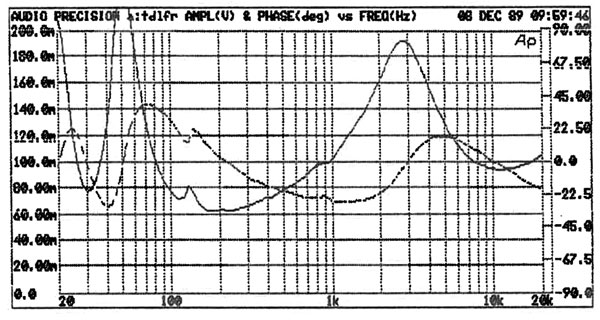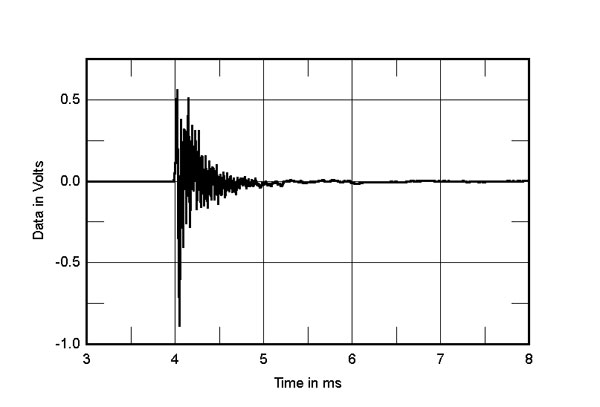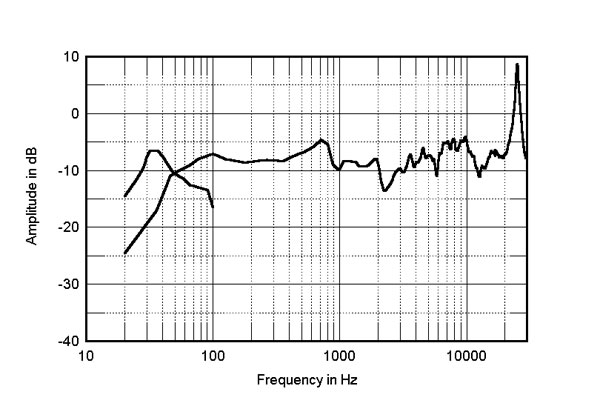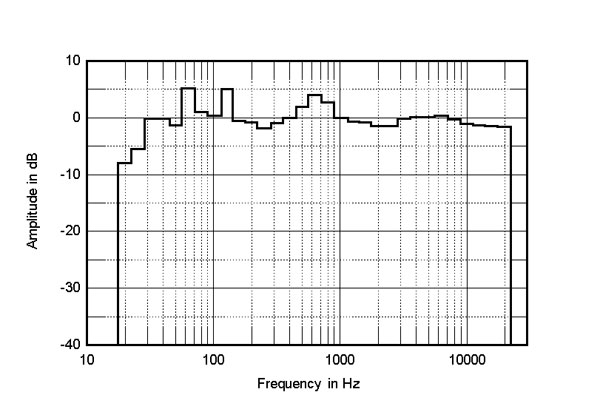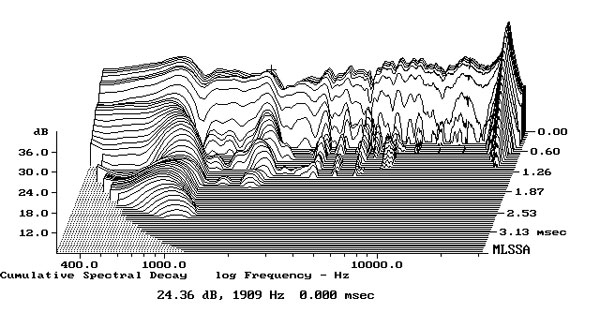| Columns Retired Columns & Blogs |
John, I appreciate that it's historic text but " TDL is part of ELAC, one of the most successful OEM drive-unit manufacturers in the UK".
I have always thought of ELAC as strictly German so what did you mean back then by saying ELAC was an OEM manufacturer in the UK?
Their official history makes no mention of a UK offshoot.
http://ftp.elac.com/en/elac/history.php
